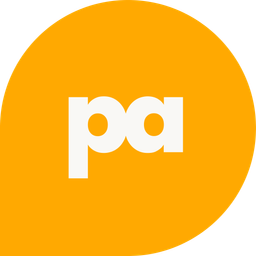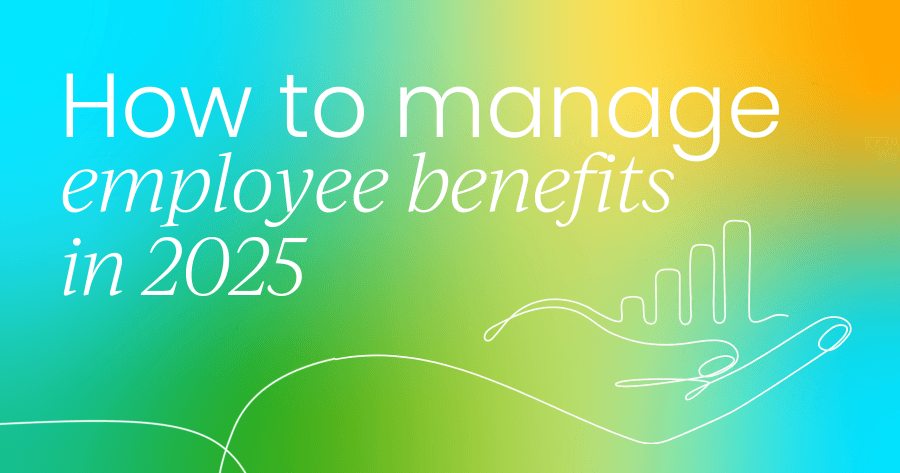Managing employee benefits used to be about paperwork and ticking boxes. But, in 2025, that’s no longer the case. Nowadays, benefits are a powerful tool for building a culture that people want to be a part of. They're a direct line to your employees’ well-being and a key differentiator in a competitive talent market.
Benefits administration is no longer just a support function but a strategic driver of employee experience, engagement, and retention. But with rising costs, new employee demands, and a tangle of compliance rules, how do you move from simply managing a program to building a competitive advantage?
This article will show you how. We'll explore what it means to lead with a modern benefits strategy, why it’s a non-negotiable for success in 2025, and the best practices that leading companies are using to attract, retain, and inspire their best people.
What is employee benefits management and administration?
Employee benefits administration is the comprehensive process of designing, implementing, and managing a company’s employee benefits program. It’s a strategic function that goes beyond simple paperwork and is important for attracting, retaining, and engaging talent.
Key elements include:
- Health and wellness programs (medical, dental, vision, mental health, fitness).
- Financial benefits (retirement savings, student loan support, financial wellness tools).
- Work-life perks (flexible work, childcare, caregiving support, lifestyle stipends).
- Career growth benefits (learning budgets, coaching, professional development).
- Equity and inclusivity (benefits that support diverse employee populations).
The administration of employee benefits is the behind-the-scenes engine that makes a benefits program work. When done well, it not only ensures legal compliance and manages costs, but also creates a positive, seamless experience that makes employees feel valued and supported.
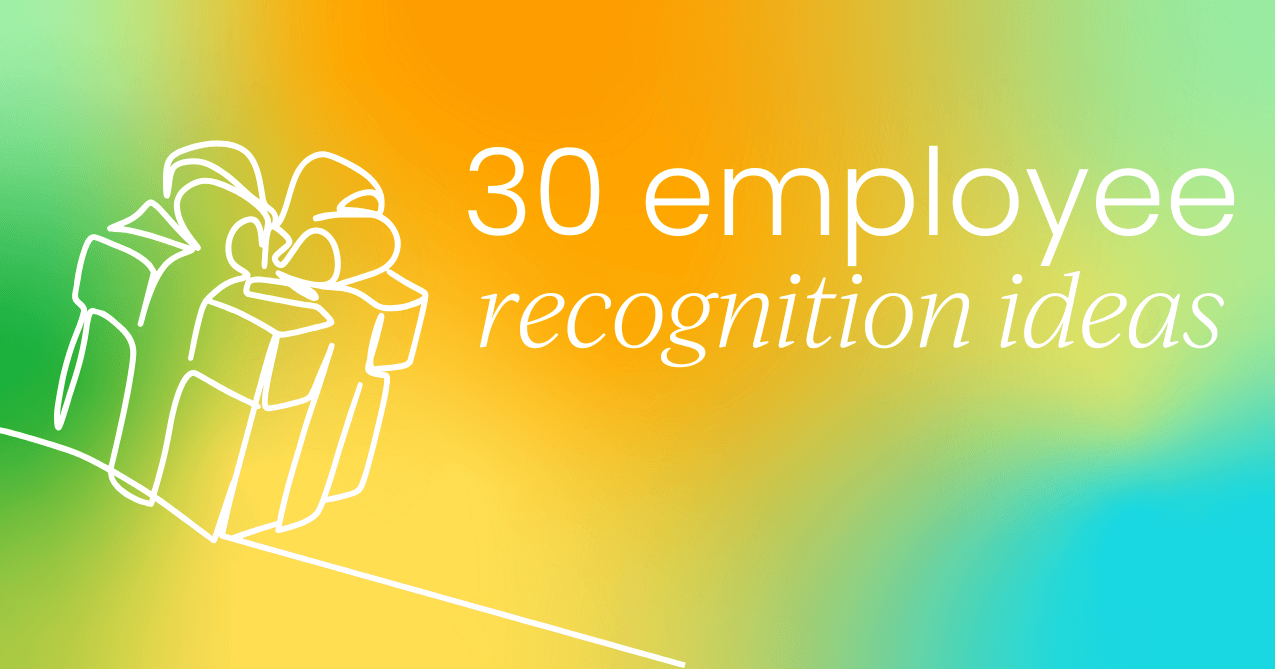
The role of benefits administration
Benefits administration is the hands-on execution. It's about the people, processes, and technology that ensure your employees actually get the benefits they’re promised.
In 2025, effective benefits administration isn't just about shuffling paperwork. It requires delivering a seamless, transparent experience and covers a lot of ground, such as:
Onboarding and enrolment
This is the first touchpoint for new hires. It’s about making the process of understanding and signing up for benefits as simple as possible, whether it’s during their first week or your company’s open enrollment period.
Ongoing management
Benefits don’t stop after enrollment. Administration handles all day-to-day stuff, like processing life event changes (think marriage or a new baby), confirming eligibility, and managing annual renewals.
Compliance and reporting
This is a huge one. Benefits administrators are on the front lines of staying compliant with complex and ever-changing laws, such as the ACA, COBRA, and ERISA. They’re the ones who ensure the company avoids costly penalties by handling required reporting and audits.
Vendor management
You can't do it all alone. Administration includes building and maintaining strong relationships with all your partners such as insurance carriers, retirement plan providers, wellness platforms and third-party administrators.
Employee communication
A benefits program is only valuable if employees know what they have and how to use it. Administration is responsible for clear, consistent communication that helps employees get the most out of their plans, which in turn boosts engagement and satisfaction.
Why effective administration of employee benefits matters in 2025
The stakes have never been higher for HR teams when it comes to getting employee benefits management right. Here’s why:
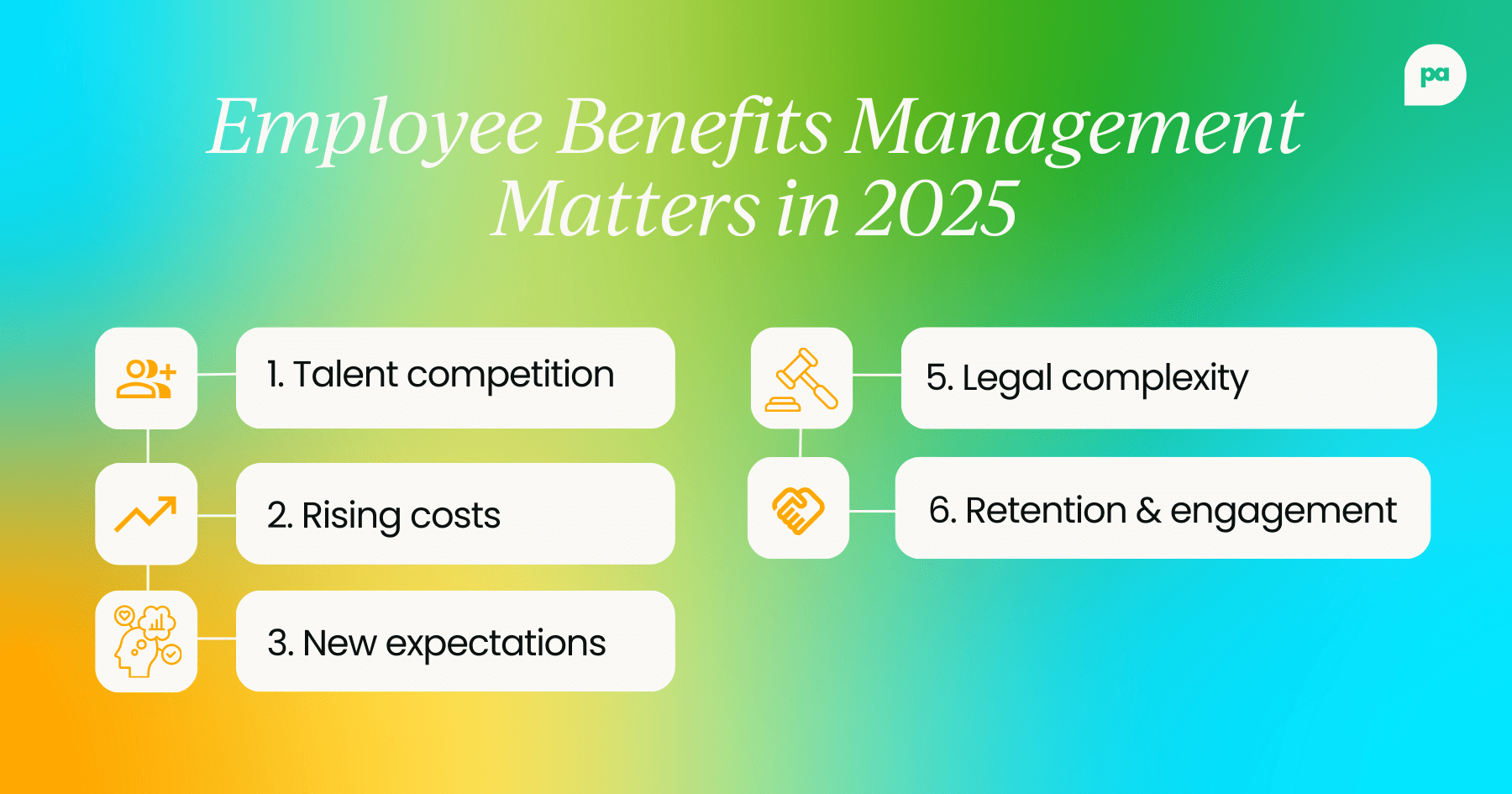
1. Competitive talent markets
With skills shortages in industries like tech, healthcare, and engineering, benefits are often the deciding factor for candidates choosing between employers. Top candidates are looking for a benefits package that signals a company's commitment to their well-being. A thoughtful, robust program can be your greatest recruiting tool.
2. Rising costs
Healthcare costs and insurance premiums continue to climb year after year, forcing HR and business leaders to walk a tightrope. The challenge is to create a benefits program that is both affordable for the company and valuable enough to attract and retain employees.
3. Shifting employee expectations
Today's workforce expects more than just basic health insurance. They demand flexibility, personalization, and holistic well-being support that addresses mental, financial, and physical health. A modern benefits strategy must meet these evolving expectations to keep employees engaged and satisfied.
4. Legal complexity
As remote and global work become the norm, so does the complexity of compliance. Benefits managers are now responsible for navigating a patchwork of local, state, and international regulations. A single misstep can lead to significant legal and financial penalties, making strong oversight non-negotiable.
5. Retention and engagement
A well-managed benefits program is a powerful statement. When employees feel their company is invested in their well-being, it directly boosts loyalty, improves productivity, and strengthens company culture. Simply put, a great benefits experience can be the difference between an employee staying for the long haul or looking for the next opportunity.
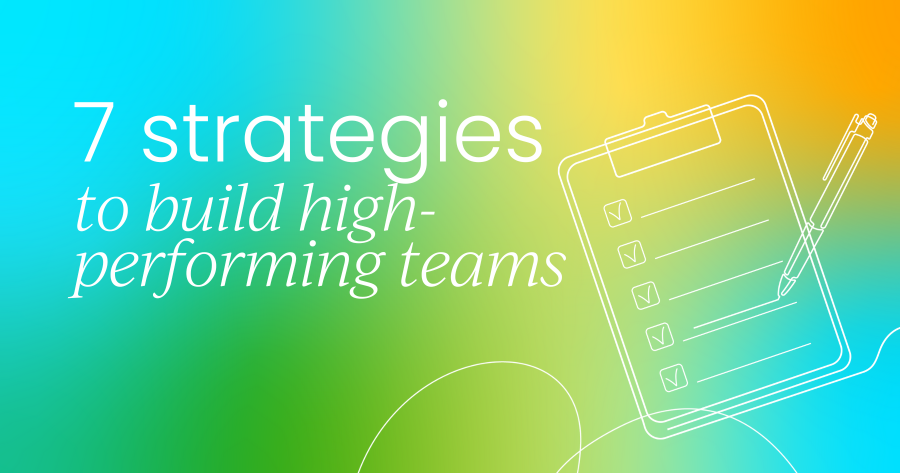
Best practices in employee benefits administration
Effective benefits administration and management requires a strategic approach that is data-driven, technology-forward, and deeply personalized.
The key is to shift from simply managing plans to actively leveraging benefits as a tool for attracting talent, improving engagement, and supporting overall employee well-being.
So, let’s break down the best practices:
1. Automate where possible
Manual enrollment and tracking are a thing of the past. They're not only time-consuming for HR but also prone to costly errors.
How to apply it: Use a modern HRIS or benefits administration platform that integrates seamlessly with your payroll and compliance systems. This allows you to automate everything from enrollment reminders to eligibility tracking and status updates after life events.
2. Use AI and data analytics to personalize
A one-size-fits-all benefits plan is a non-starter in 2025. Data is the key to creating a personalized, high-value program. To apply this type of approach, start by tracking utilization rates to see which benefits your employees are actually using.
Identify gaps in your offerings or communication. For example, you might discover that a specific benefit is underused simply because many employees aren’t even aware of it. You can also use predictive analytics to forecast costs and design plans that meet future employee needs.
3. Offer flexible benefits
What a 25-year-old remote worker wants is very different from what a 45-year-old parent needs. A flexible benefits model caters to this diversity.
You could try to provide a flexible “points” or "stipend" system that allows employees to allocate funds to categories that matter most to them, whether it’s for wellness, commuting, childcare, or professional development. Introduce voluntary, add-on benefits like pet insurance, fertility support, or legal assistance.
4. Ensure compliance across borders
As remote and hybrid workforces become the norm, so do the compliance risks. Managing benefits across different cities, states, and even countries is more complex than ever.
How to apply it: Partner with legal and compliance experts who can help you navigate changing regulations. When possible, use global payroll and benefits providers that can standardize core offerings while adjusting for specific local laws. Schedule annual compliance audits to catch issues before they become major problems.
Also remember to document every compliance process clearly. This not only helps with internal audits but also protects the organization from liability in the long run.
5. Communicate clearly and often
A great benefits program is worthless if employees don’t understand it. Lack of awareness is one of the biggest hurdles HR faces. You need to make sure you’re communicating clearly and regularly.
Use multiple channels like emails, town halls, HR portals, and even Slack or Teams to get the message across. Or, consider creating simple guides and explainer videos for complex benefits, and empower managers to be "benefits ambassadors" who can field basic questions from their teams.
6. Measure ROI and continuously improve
Benefits are a significant investment, and leaders need proof that they’re working. That’s why it’s important to track key performance indicators (KPIs) like participation rates, employee satisfaction scores, and retention among employees who actively use their benefits.
You could also run annual surveys to measure how employees perceive the value of their package and use exit interview data to see if benefits played a role in attrition.
Common challenges and solutions in benefits management
Every HR team faces hurdles when it comes to benefits. In 2025, here are the biggest challenges - and how forward-thinking leaders are solving them.
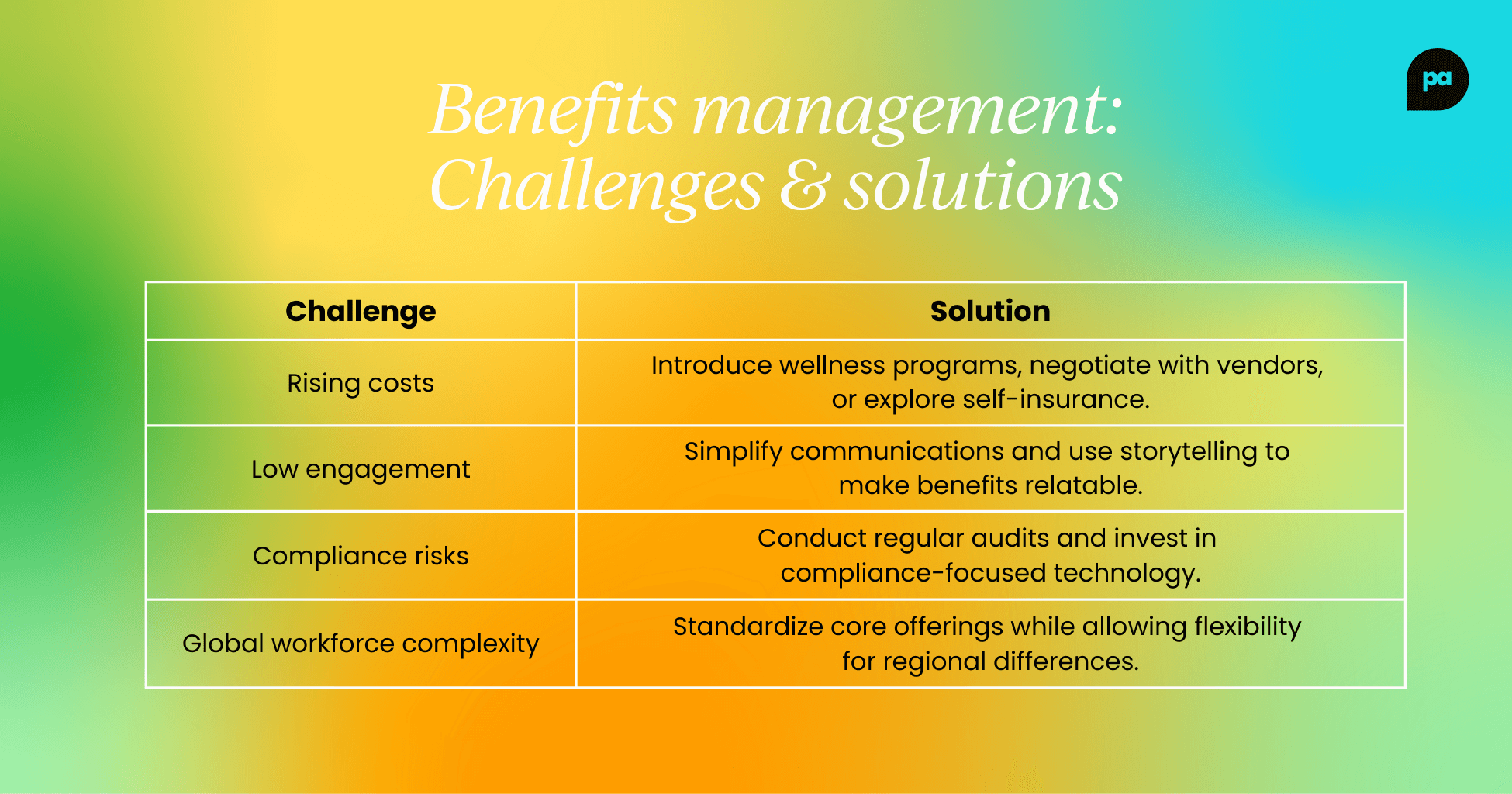
With the right strategies, even the toughest benefits challenges become opportunities to improve employee experience and strengthen retention.
FAQs on Employee benefits management and administration
Q: What is employee benefits management?
A: Employee benefits management is the strategic planning and oversight of employee benefit programs, ensuring they align with employee needs and business goals.
Q: How to manage employee benefits effectively?
A: Assess employee needs, benchmark offerings, balance costs, update regularly, and use technology to streamline processes.
Q: What is the administration of employee benefits?
A: It’s the process of implementing and managing benefits programs, including enrollment, compliance, vendor management, and communication.
Q: How is technology changing employee benefits management in 2025?
A: Automation, AI, and data analytics are helping HR teams personalize benefits, reduce administrative burden, and improve employee engagement.



 Follow us on LinkedIn
Follow us on LinkedIn